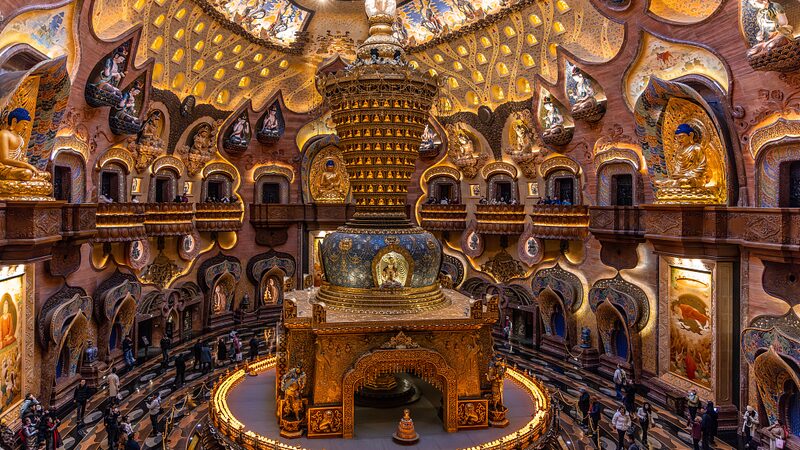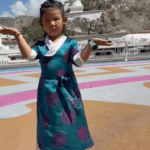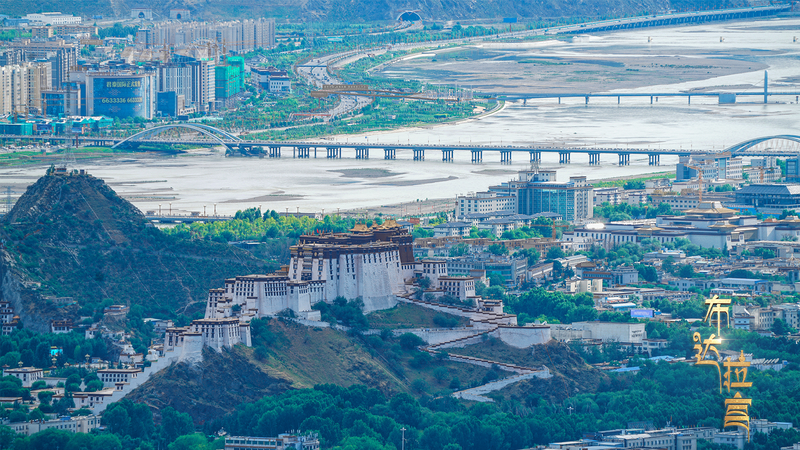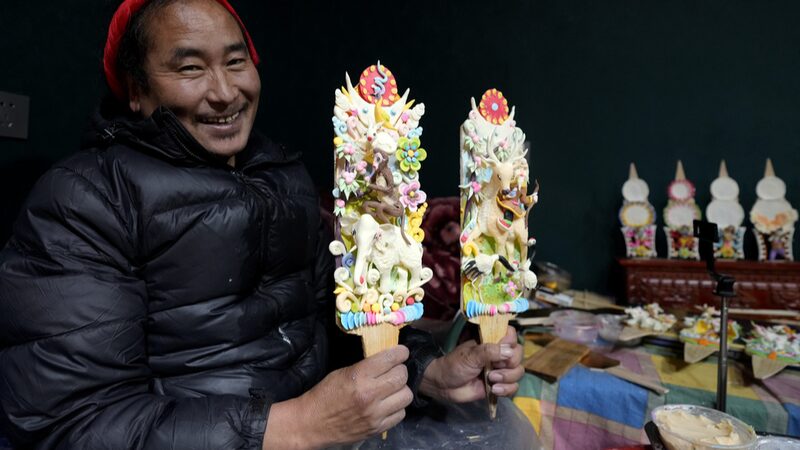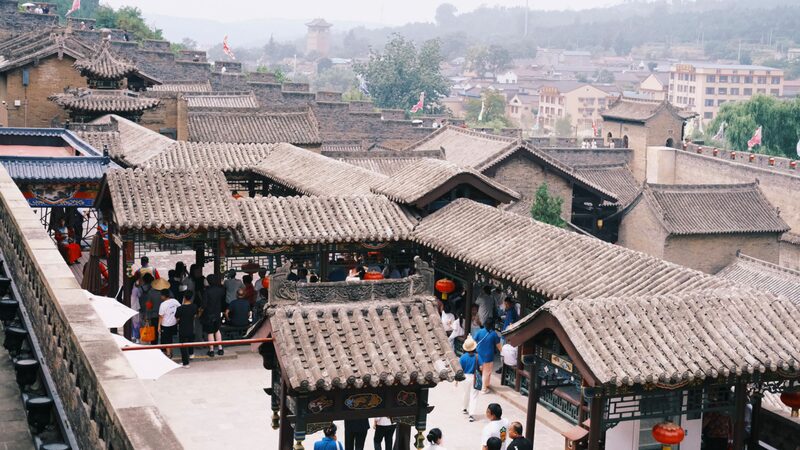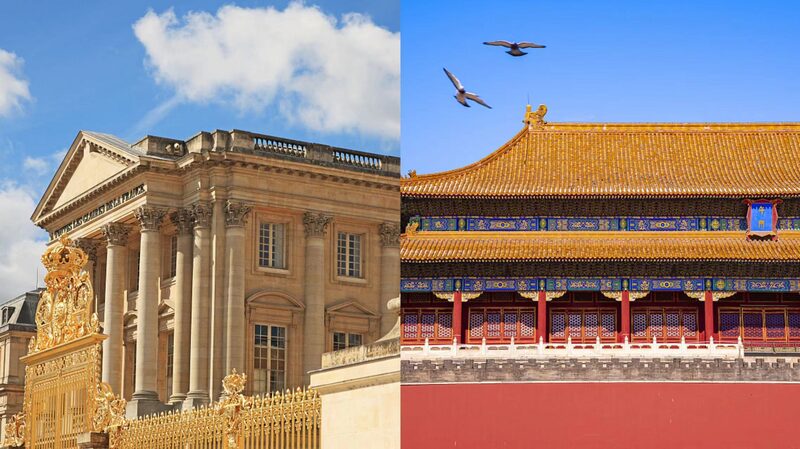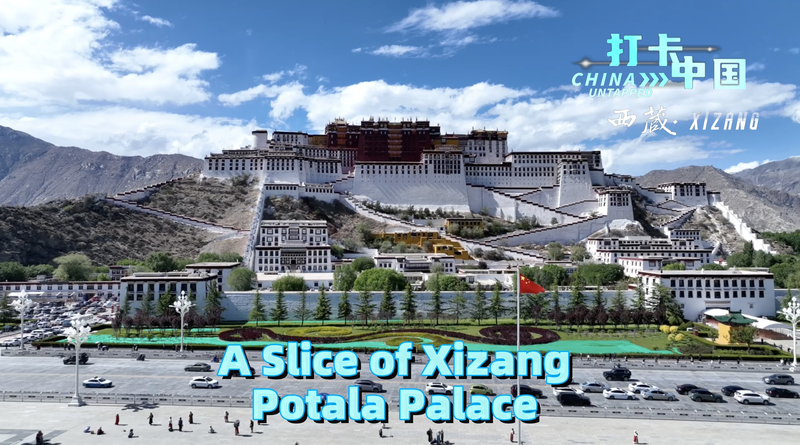Perched high in the Himalayas, the Potala Palace stands as a testament to Xizang's rich cultural tapestry and architectural ingenuity. Built in the 7th century and expanded over 13 centuries, this UNESCO World Heritage Site has evolved into a symbol of regional unity, blending diverse influences from across Asia.
The palace's towering white and red walls house over 1,000 rooms, 10,000 shrines, and 200,000 statues, offering a living chronicle of Buddhist art and Chinese imperial history. Its unique design – incorporating Tibetan, Han Chinese, and Nepalese styles – reflects centuries of political and economic exchanges that shaped the region.
For historians, the palace serves as a three-dimensional archive. 'The cultural relics here tell stories of ancient trade routes and royal diplomacy,' explains Lhasa-based cultural researcher Tenzin Wangmo. 'From Tang dynasty silks to Mughal-era manuscripts, every artifact reveals connections that transcended mountains and monarchies.'
Modern visitors encounter more than ancient history. The site remains an active place of worship, with morning rituals attracting both pilgrims and curious travelers. Recent preservation efforts by Chinese cultural authorities have introduced earthquake-resistant technologies while maintaining traditional construction methods.
As Asia's tourism sector rebounds, the Potala Palace has seen a 40% year-on-year increase in visitors, according to regional tourism data. This surge highlights growing global interest in Xizang's heritage sites, offering new opportunities for cultural tourism development.
Reference(s):
cgtn.com

